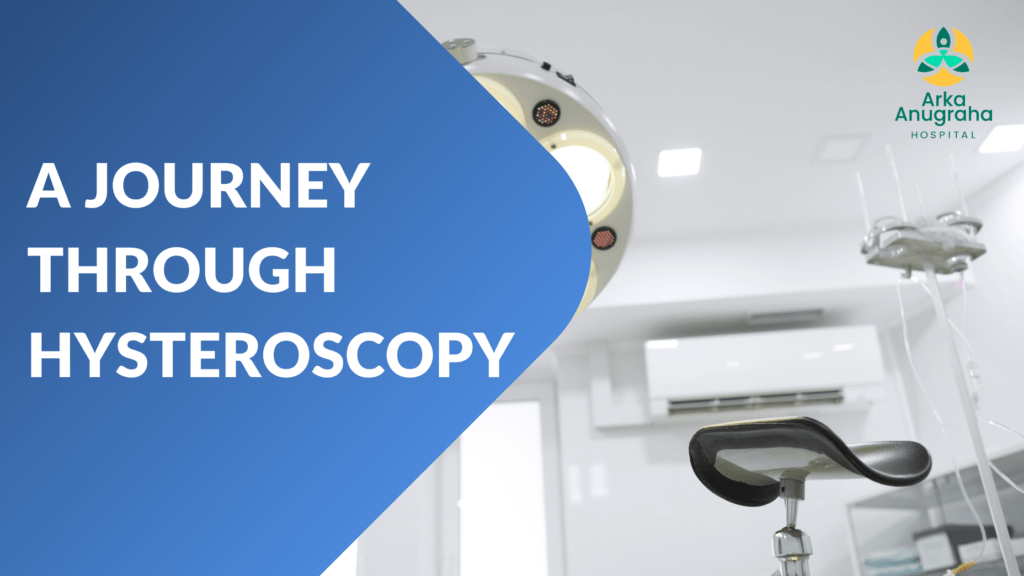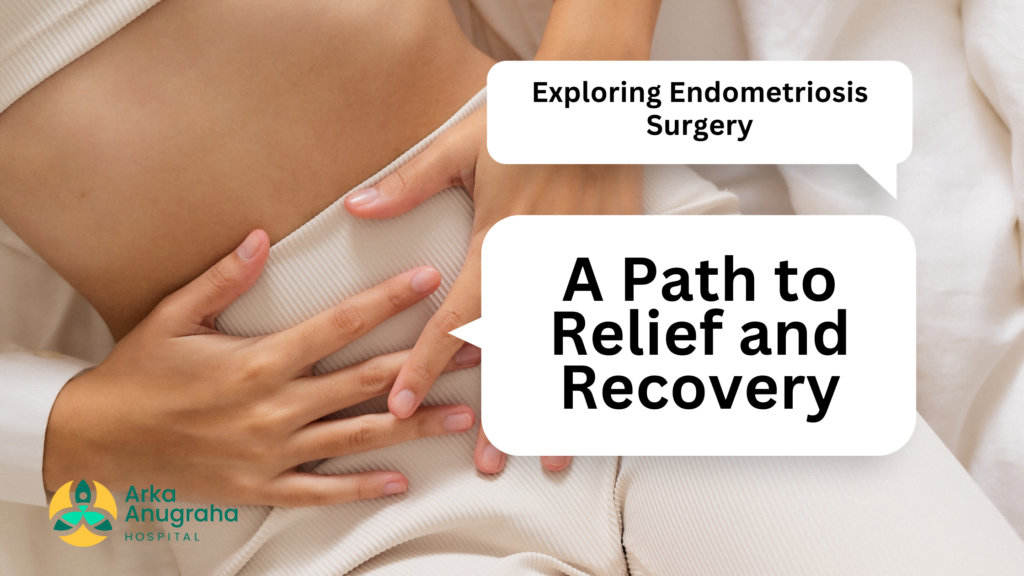HYSTEROSCOPY
HYSTEROSCOPY Home > Blogs Author Dr. Gaurang Ramesh Date July 16, 2023 What is Hysteroscopy? It is a modern technique in which the uterine cavity is visualized using a Hysteroscope (Endoscope). A telescope with light is introduced through the cervix to visualize the inside of the uterine cavity. It serves as both Diagnostic and Therapeutic […]













